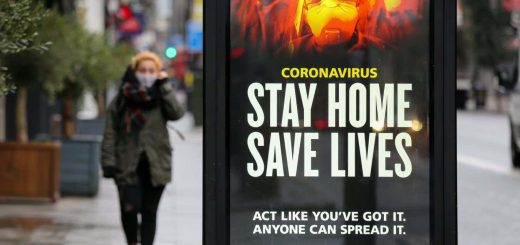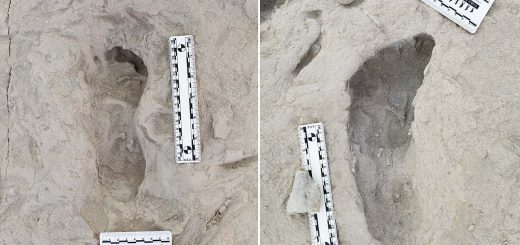Has the US finally figured out how to do high-speed rail?
As work begins on building the US’s first high-speed rail service – linking Los Angeles to Las Vegas – analysts say the project could serve as a blueprint for similar projects across the country
By Jeremy Hsu
22 April 2024
Artist’s impression of the Brightline West high-speed rail line
Brightline West
Construction began today on the first true high-speed rail line in the US, which will connect Los Angeles suburbanites to the bright lights of Las Vegas, Nevada. Not only should the project enable people in the US to finally experience European and Asian standards of speedy passenger trains, it could also offer a commercial model for building high-speed rail lines elsewhere in the US.
A groundbreaking ceremony today in Las Vegas, attended by US Secretary of Transportation Pete Buttigieg alongside Nevada and California state officials, marked the official start of construction for the Brightline West project. With a targeted completion in four years – just in time for the 2028 Summer Olympics in Los Angeles – Brightline West is expected to whisk passengers at speeds of up to 320 kilometres per hour down the median of the Interstate 15 highway, bypassing lines of cars stuck in weekend traffic jams.
The $12 billion project may seem like a bold gamble for Brightline and its owner, Fortress Investment Group, even with a $3 billion federal grant announced by President Joe Biden back in December 2023. But there are several reasons why Brightline West may succeed where other US high-speed rail projects have fallen behind.
Advertisement
Read more
A hydrogen fuel revolution is coming – here's why we might not want it
Brightline is focused on connecting major markets separated by about 400 to 550 kilometres, according to a report by the infrastructure consultancy AECOM. That represents a sweet spot where high-speed rail is very competitive with driving and flying. The 350-kilometre Brightline West trip from Las Vegas to the Los Angeles suburbs is supposed to take just over 2 hours – representing an attractive alternative to the 4-hour drive that 50 million people travelling between the cities make each year.
“High-speed rail has been proven to be a very efficient way to move a high volume of passengers within a median distance,” says Junfeng Jiao at the University of Texas at Austin. “There’s a market there with many successful examples in European countries and Asian countries that have proven you can make a profit in high-speed rail operations.”


